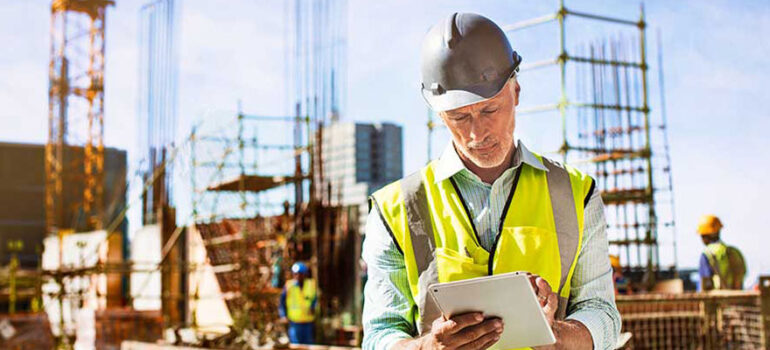Harnessing Energy Savings in the Workplace through Sensor Technology
Introduce the topic of energy savings in the workplace and the significance of using sensors to regulate electricity, water, and other resources efficiently. Emphasize the benefits of incorporating appropriate sensors, such as cost reduction, streamlined facility management, and improved sustainability.
The Importance of Sensor Technology in Energy Efficiency:
- Explain how sensors play a crucial role in optimizing energy consumption in the workplace.
- Discuss the types of sensors commonly used, such as occupancy sensors, light sensors, temperature sensors, and water level sensors.
- Highlight the advantages of sensor technology, including real-time data monitoring, automated controls, and predictive maintenance.
Efficient Lighting Management with Light Sensors:
- Describe the use of light sensors to regulate lighting in workspaces.
- Explain how light sensors detect natural light levels and adjust artificial lighting accordingly.
- Discuss the energy savings achieved through efficient lighting management, as well as the impact on employee well-being and productivity.
Optimizing HVAC Systems with Temperature and Occupancy Sensors:
- Discuss the role of temperature and occupancy sensors in optimizing heating, ventilation, and air conditioning (HVAC) systems.
- Explain how temperature sensors monitor ambient conditions and enable precise climate control.
- Highlight the use of occupancy sensors to detect human presence and adjust HVAC settings accordingly, preventing unnecessary energy consumption.
Water Management and Conservation with Level Sensors:
- Explain the significance of using level sensors to monitor water tank levels and consumption.
- Discuss how level sensors enable efficient water management, preventing overflow and leakage.
- Highlight the benefits of water conservation, including cost savings, reduced environmental impact, and compliance with sustainability goals.
Streamlined Facility Management and Cost Reduction:
- Explore how sensor technology simplifies facility management processes.
- Discuss the advantages of centralized monitoring and control systems that integrate data from various sensors.
- Highlight the cost-saving potential through proactive maintenance, optimized resource utilization, and reduced energy waste.
Recap the importance of using sensors to regulate electricity, water, and other resources for energy savings in the workplace. Emphasize the benefits of sensor technology, including cost reduction, streamlined facility management, and improved sustainability. Encourage businesses to consider implementing sensor-based solutions to achieve energy efficiency and contribute to a greener future.








